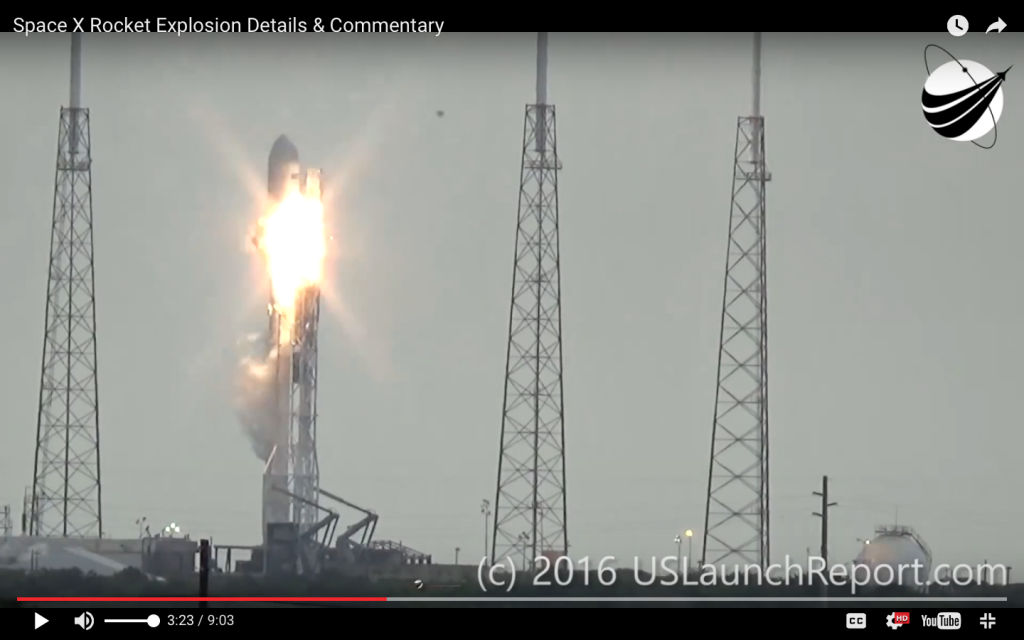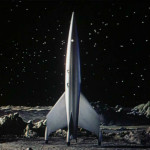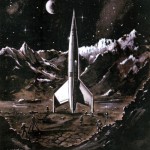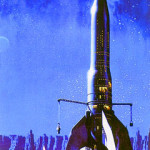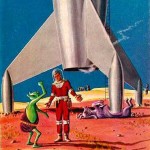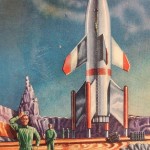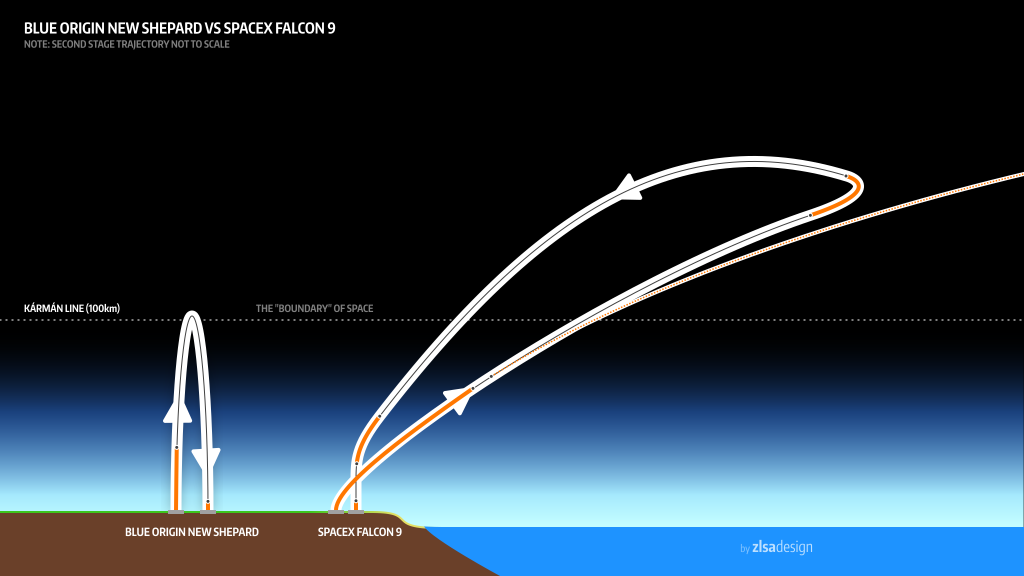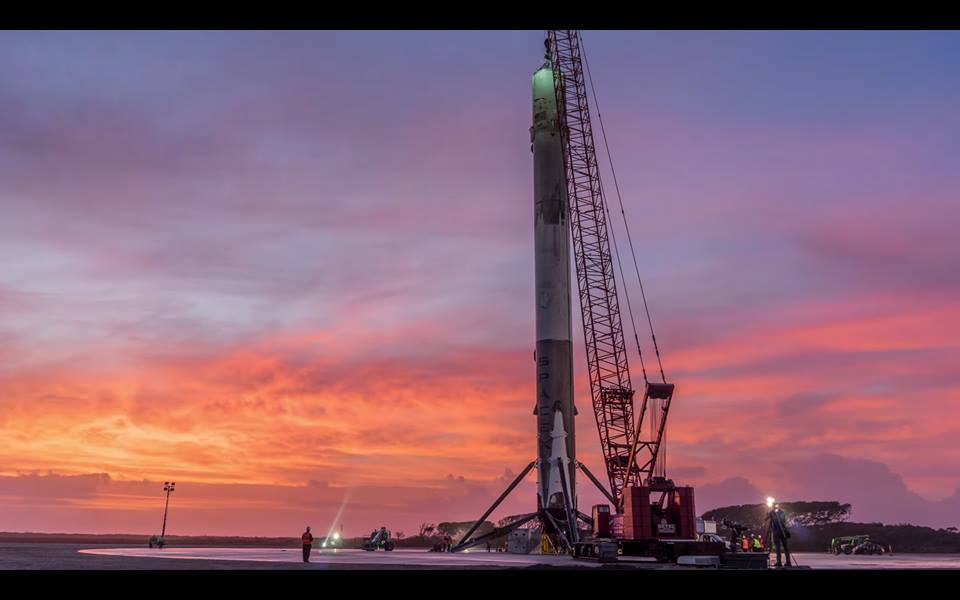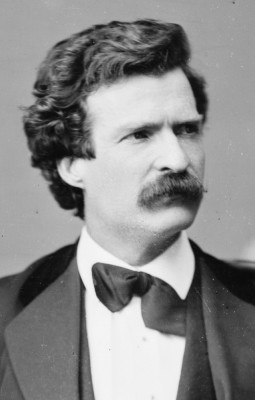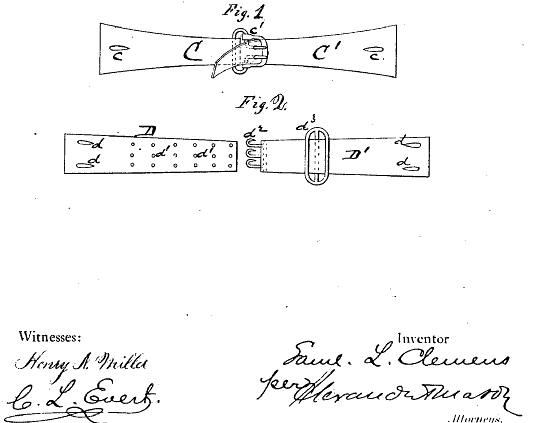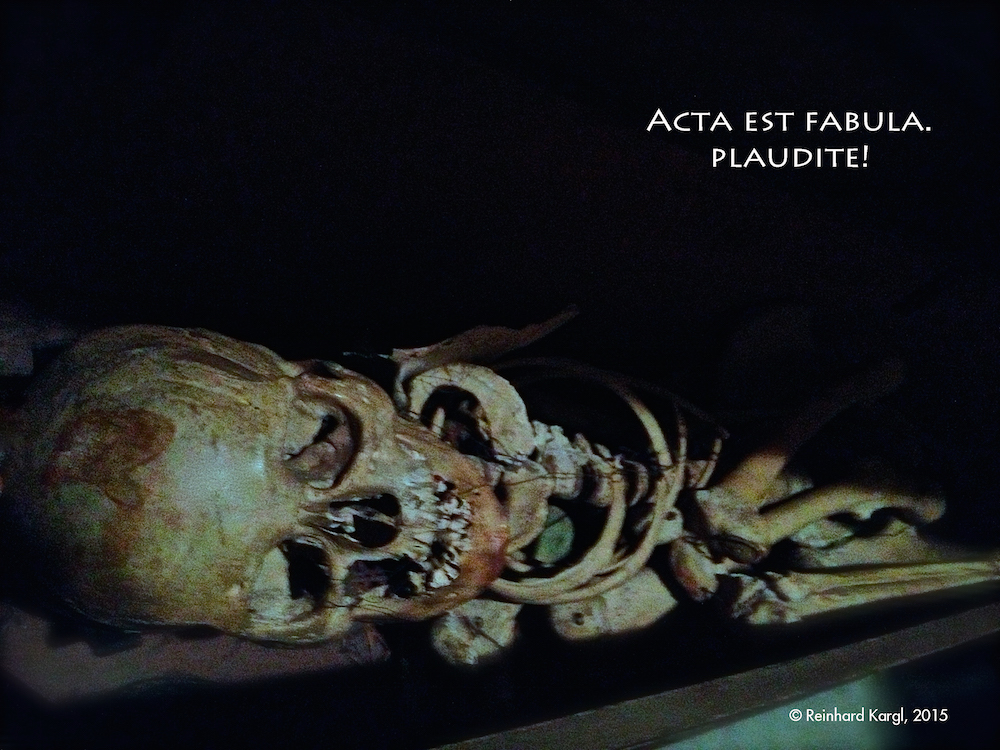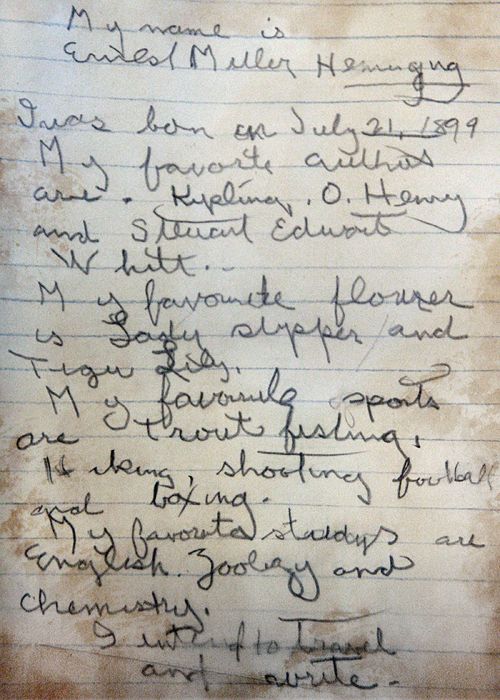I have seen a lot of film footage of exploding rockets. (They were quite numerous in the early days of spaceflight). But I’ve never seen anything like the incident that destroyed a SpaceX Flacon 9 at the launch pad at Cape Canaveral on September 1.
I’ve replayed the video provided by USLaunchReport.com over and over, slowed in down, and examined every frame leading up to the event. It seems quite clear that something exploded near the 2nd stage umbilical, which then ripped apart a tank. This happened extremely fast. After the initial explosion, fuel and oxygen can be seen gushing out, rushing down and igniting into a fiery cascade. The initial explosion’s flash was so bright and strong that its reflections can even be seen in the spherical tank sitting on the ground, quite a distance away from the rocket.
But I also noticed a puzzling detail. There’s a strange object moving very rapidly toward the rocket! It doesn’t hit the rocket, but it can still be seen in the air with the initial explosion already in progress.
See for yourself. Here are three frames in sequence. (The time bar does not reflect real time). I’ve marked the object with an arrow.
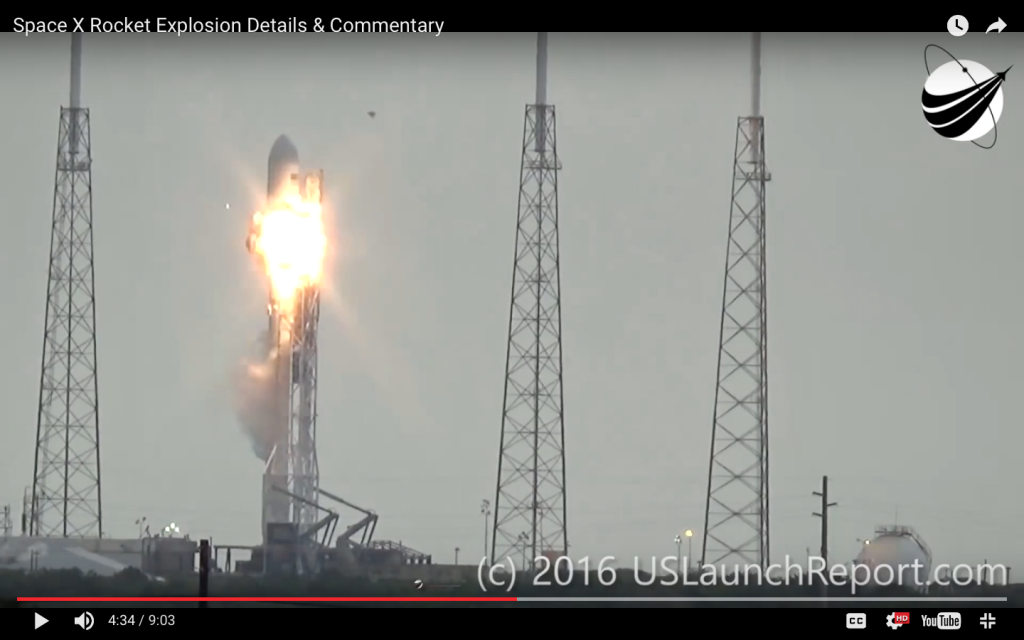
What is this? An extremely fast-moving aircraft in the far distance? This should be easy to verify or discount. Or perhaps a bird moving rapidly between rocket and camera? This would have been a very fast bird, flying in a perfectly straight line and without a visible wing flap.
All other options I could come up with would be rather sinister — such as a drone or some kind of weapon.
Any other ideas? E-mail me and let me know!


